EXPLORE
The Ultimate Island Countdown: 30 of the Planet’s Largest and Most Iconic Islands
Published
4 months agoon
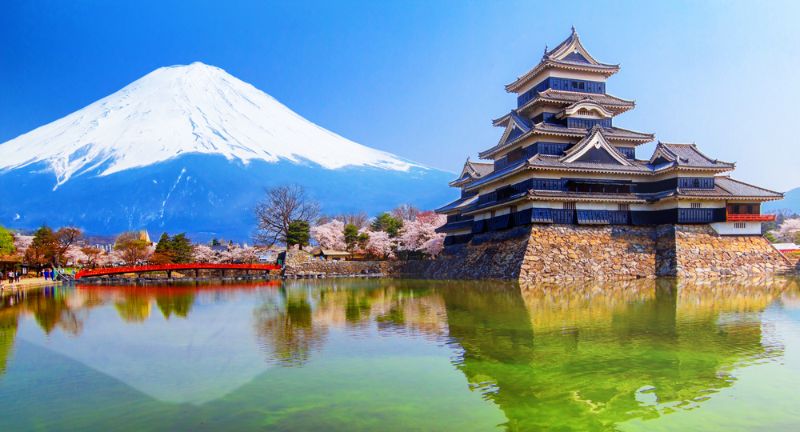
Shutterstock
Islands are some of Earth’s most captivating landforms, showcasing diverse ecosystems, unique cultures, and stunning natural landscapes. From the ice-covered expanses of Greenland to the lush rainforests of Borneo, these islands offer a glimpse into different worlds shaped by climate, geography, and history. Whether inhabited by indigenous communities or left as pristine wilderness, each of these massive islands holds fascinating stories and remarkable biodiversity. For travelers, researchers, and adventurers alike, these islands present countless opportunities for exploration and discovery. Join us as we journey through the 30 largest islands on the planet, each with its own distinct character and charm.
Greenland
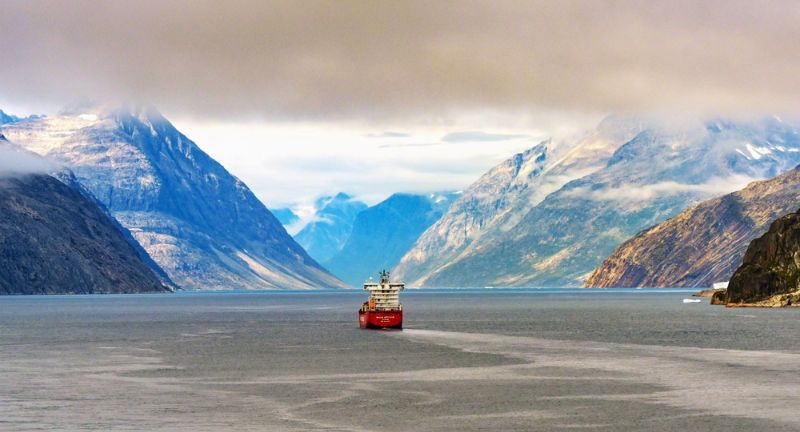
Shutterstock
Greenland is the largest island in the world, boasting a vast landscape primarily covered in ice and snow. This massive Arctic island is known for its stunning glaciers, rugged coastlines, and thriving wildlife, including polar bears and whales. The indigenous Inuit people of Greenland have a rich cultural heritage and are deeply connected to the land and sea. Despite its remoteness and harsh climate, Greenland’s unique beauty attracts adventurous travelers from around the world.
New Guinea
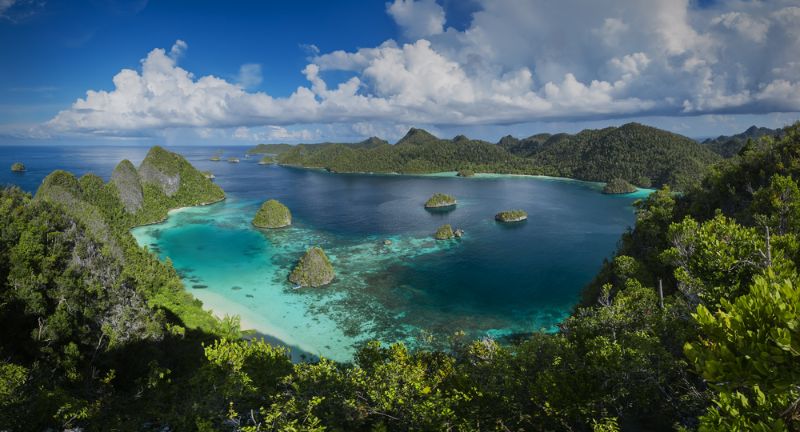
Shutterstock
New Guinea, the second-largest island, is renowned for its rich biodiversity and dense tropical rainforests. It is home to countless endemic species, from colorful birds of paradise to unique plant life found nowhere else. Shared by Indonesia and Papua New Guinea, this island also holds a rich tapestry of indigenous cultures, each with distinct languages and traditions. The natural beauty of New Guinea makes it a hotspot for biologists and ecotourists alike.
Borneo
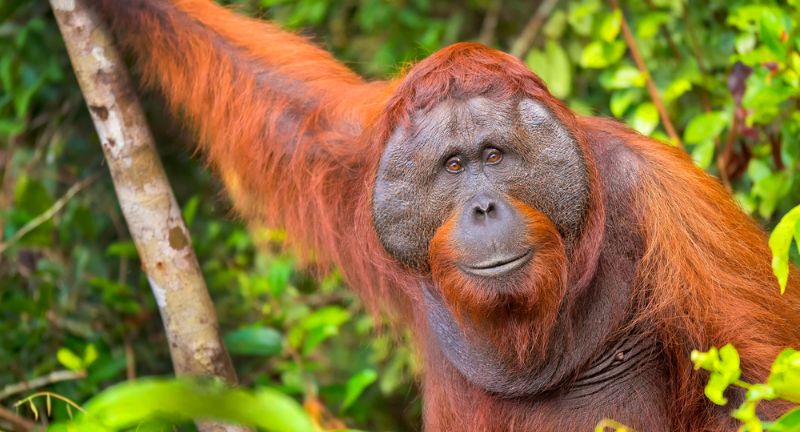
Shutterstock
Borneo, shared by Indonesia, Malaysia, and Brunei, is the third-largest island globally and boasts ancient rainforests teeming with life. This island is home to some of the world’s most endangered species, including the orangutan and pygmy elephant. Borneo’s lush landscapes, sprawling national parks, and indigenous cultures make it a unique and vital ecosystem. Visitors to Borneo can explore its dense forests, winding rivers, and extraordinary wildlife sanctuaries.
Madagascar
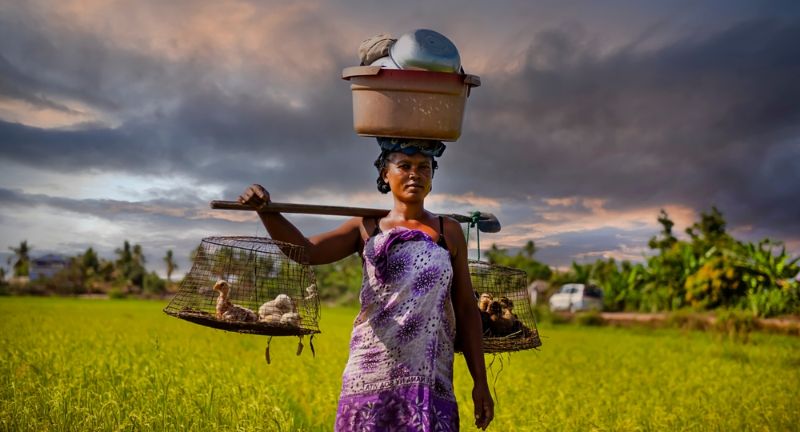
Shutterstock
Madagascar, often called the “Eighth Continent,” is celebrated for its unparalleled biodiversity, with species like lemurs and baobab trees unique to the island. Located off Africa’s east coast, this island is a conservation priority, given its high levels of endemism. Madagascar’s landscapes range from tropical rainforests to semi-arid deserts, offering diverse habitats for its flora and fauna. Visitors are enchanted by its wildlife and the rich cultural blend of African and Asian influences.
Baffin Island
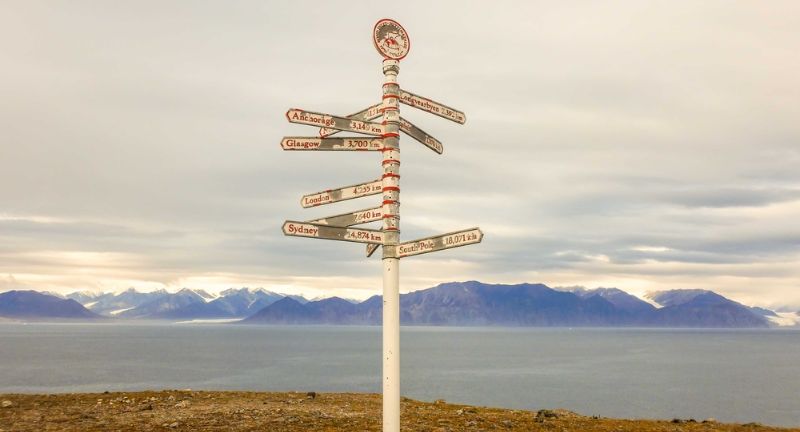
Shutterstock
Located in the Arctic Circle, Baffin Island is Canada’s largest island and a place of breathtaking natural beauty. Known for its stunning glaciers and fjords, it is home to a variety of Arctic wildlife, including polar bears and caribou. Baffin Island’s Inuit communities have preserved their traditional way of life, thriving in harmony with the land and sea. The island’s remote, icy landscapes attract adventurers and photographers eager to capture its untouched wilderness.
Sumatra
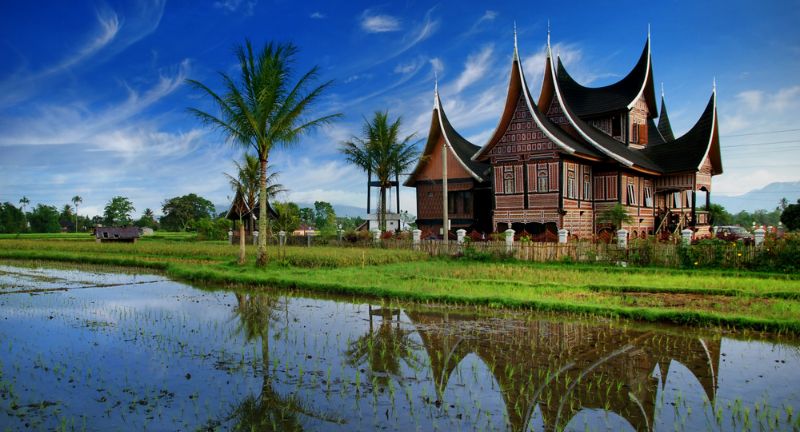
Shutterstock
Sumatra, Indonesia’s largest island, is a volcanic wonderland covered in dense rainforests and home to endangered species like the Sumatran tiger and rhino. Known for its diverse ecosystems, Sumatra features volcanic peaks, lakes, and hot springs amidst lush jungles. The island also has a rich cultural tapestry, with distinct ethnic groups practicing ancient traditions. Sumatra’s natural beauty and unique wildlife make it an essential destination for conservation and adventure tourism.
Honshu

Shutterstock
Honshu, the largest island of Japan, is the country’s cultural and economic heart, with bustling cities like Tokyo, Osaka, and Kyoto. This island is home to iconic landmarks, including Mount Fuji and historic temples and shrines that showcase Japan’s rich heritage. From cherry blossoms in spring to vibrant autumn foliage, Honshu offers beautiful seasonal landscapes. The blend of ancient traditions and modern innovation makes Honshu a must-see destination.
Victoria Island
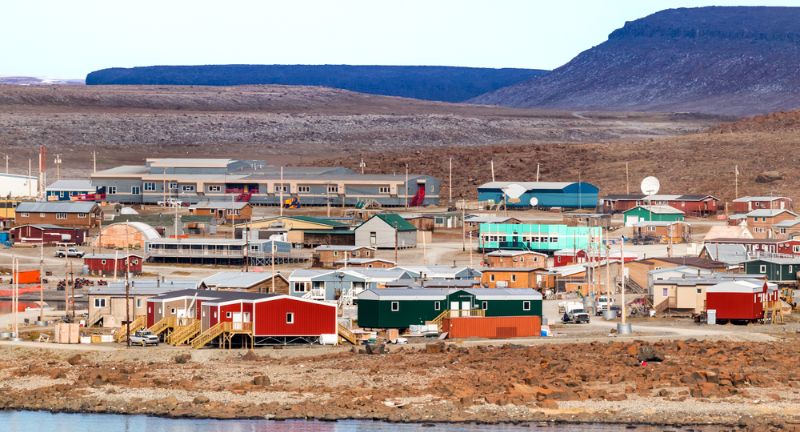
Shutterstock
Victoria Island, in Canada’s Arctic Circle, is a land of stark beauty, with dramatic fjords, glaciers, and expansive tundra. This island, mostly inhabited by the Inuit, maintains a strong cultural heritage and connection to the Arctic environment. The landscape is dotted with caribou and muskoxen, resilient creatures adapted to the cold. Victoria Island’s raw, unspoiled nature offers a true wilderness experience for those brave enough to venture into the Arctic.
Great Britain
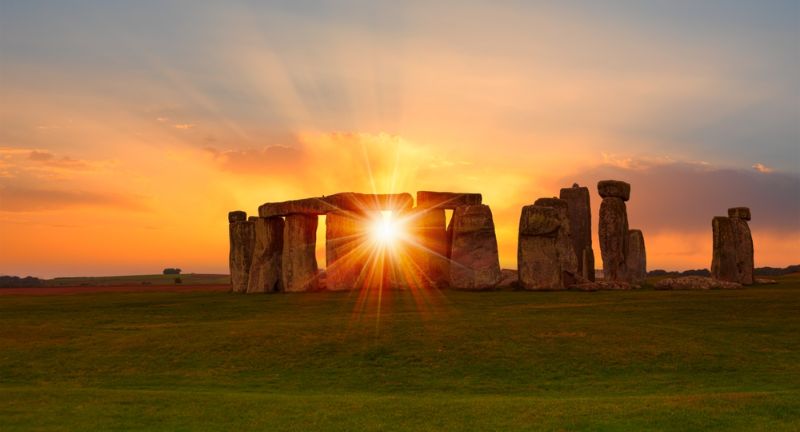
Shutterstock
Great Britain, the United Kingdom’s largest island, is steeped in history and home to vibrant cities, scenic countryside, and ancient landmarks. This island has influenced global culture, politics, and arts, with historic sites like Stonehenge and the Tower of London. Its rolling hills, cliffs, and castles paint a picturesque landscape that attracts millions of tourists. From the bustling streets of London to the serene Scottish Highlands, Great Britain is a land of contrasts and charm.
Ellesmere Island
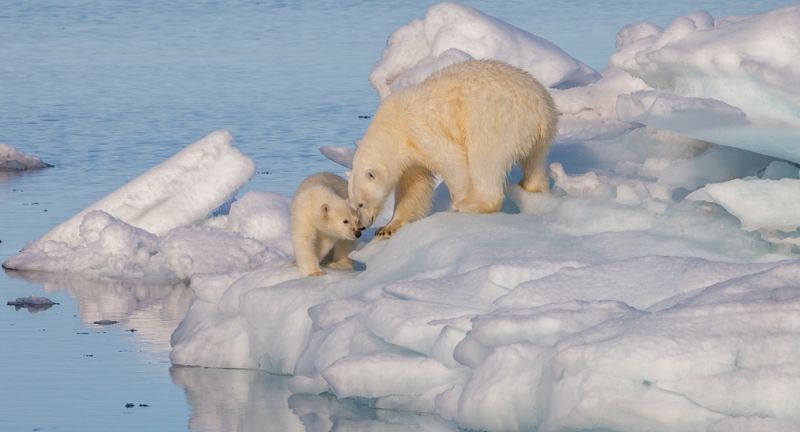
Shutterstock
Ellesmere Island, located in the Canadian Arctic, is one of the most northerly islands and has a landscape largely covered by glaciers and ice. Its untouched wilderness is home to Arctic wolves, polar bears, and a few research stations. The island’s rugged terrain and cold climate have limited human activity, preserving its natural beauty. Ellesmere’s vast, icy expanse is a pristine environment, offering insight into the harsh but beautiful Arctic world.
Sulawesi
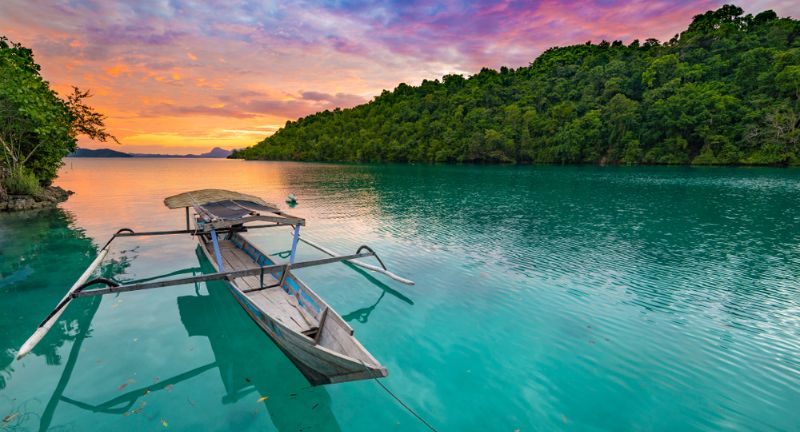
Shutterstock
Sulawesi, with its unique shape, diverse ecosystems, and cultures, is a treasure in the Indonesian archipelago. The island is a hotspot for biodiversity, home to exotic wildlife such as tarsiers and rare birds. Its landscapes range from lush jungles to rugged mountains, making it ideal for nature lovers and adventure seekers. Sulawesi’s cultural heritage, with distinct ethnic groups and traditional practices, adds depth to its natural beauty.
South Island
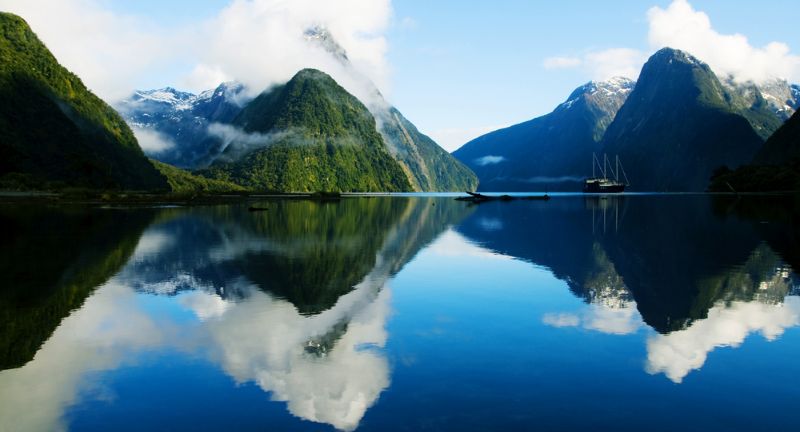
Shutterstock
South Island, the larger of New Zealand’s two main islands, is known for its dramatic scenery, including fjords, snow-capped mountains, and beautiful coastlines. It’s a paradise for adventure lovers, offering activities like bungee jumping, hiking, and skiing. National parks like Fiordland and Aoraki/Mount Cook showcase the island’s untouched wilderness. With its quaint towns and scenic wine regions, South Island is a gem for both nature enthusiasts and food and wine lovers.
Java
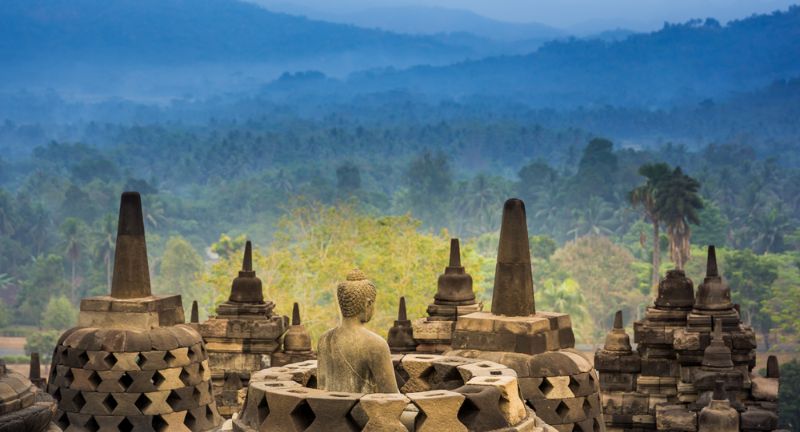
Shutterstock
Java, Indonesia’s most populous island, is a lively blend of cultural history, volcanic landscapes, and bustling urban centers. The island is home to the ancient Borobudur temple, a UNESCO World Heritage site, and numerous active volcanoes. Java’s capital, Jakarta, is a vibrant metropolis that highlights the island’s modernity and cultural fusion. From tranquil rice terraces to dynamic cities, Java is a land of contrasts that captivates visitors.
North Island
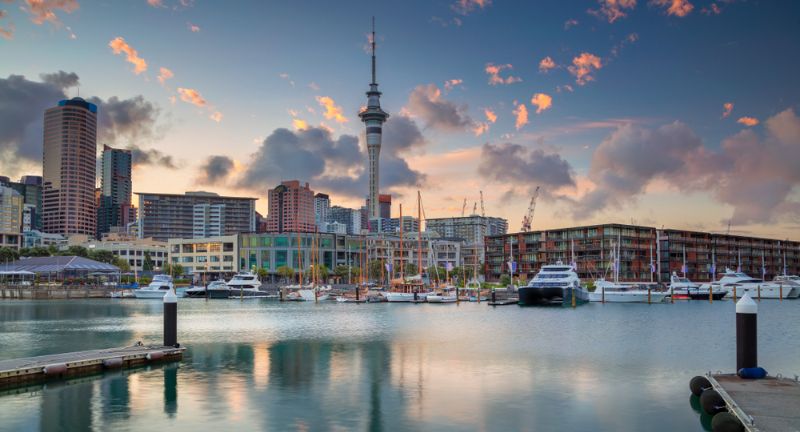
Shutterstock
North Island in New Zealand is celebrated for its geothermal wonders, beautiful beaches, and rich Māori heritage. Cities like Auckland and Wellington offer a blend of urban excitement and scenic waterfronts. Visitors can explore geothermal areas like Rotorua and witness natural hot springs and geysers. North Island’s cultural sites, stunning beaches, and adventure opportunities make it a must-visit destination in the Pacific.
Luzon
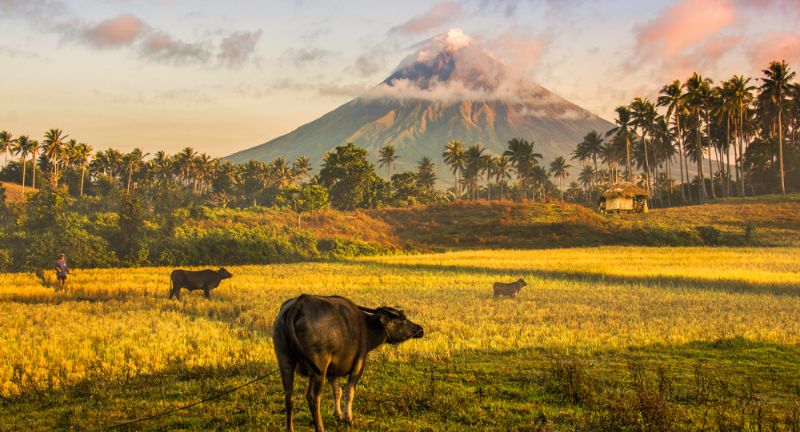
Shutterstock
Luzon, the largest island in the Philippines, is the cultural and political heart of the country, with Manila as its capital. The island is known for its scenic rice terraces, lush mountains, and historical landmarks. Luzon offers a range of attractions, from bustling cities to serene rural landscapes. Its diverse ecosystems and rich Filipino heritage make Luzon a fascinating destination for travelers.
Newfoundland
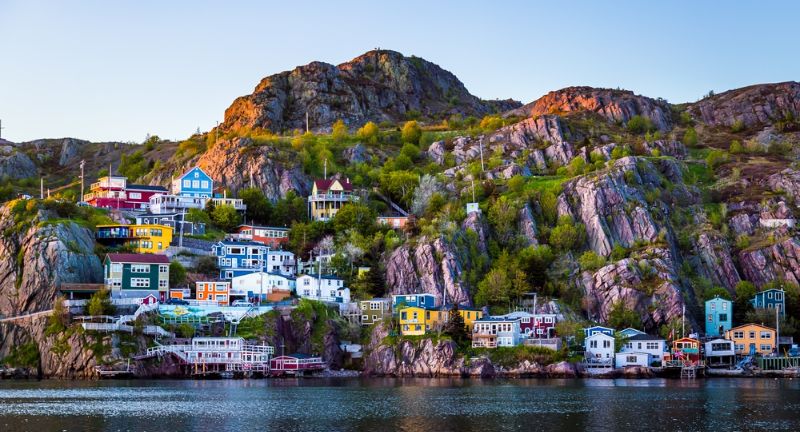
Shutterstock
Newfoundland, off Canada’s eastern coast, is known for its dramatic coastline, fjords, and friendly locals. This island has a rich maritime history, with influences from early European settlers. The stunning landscapes of Gros Morne National Park and the charm of St. John’s make Newfoundland a unique place to explore. Its culture, influenced by both its rugged environment and historic roots, is a blend of warmth and resilience.
Cuba

Shutterstock
Cuba, the largest island in the Caribbean, captivates with its vibrant culture, colonial architecture, and pristine beaches. Known for its music, vintage cars, and historic landmarks, Cuba is a country with deep artistic and historical significance. Cities like Havana are filled with colorful buildings and lively atmospheres that reflect the Cuban spirit. The island’s mix of natural beauty and rich culture makes it a compelling travel destination.
Iceland
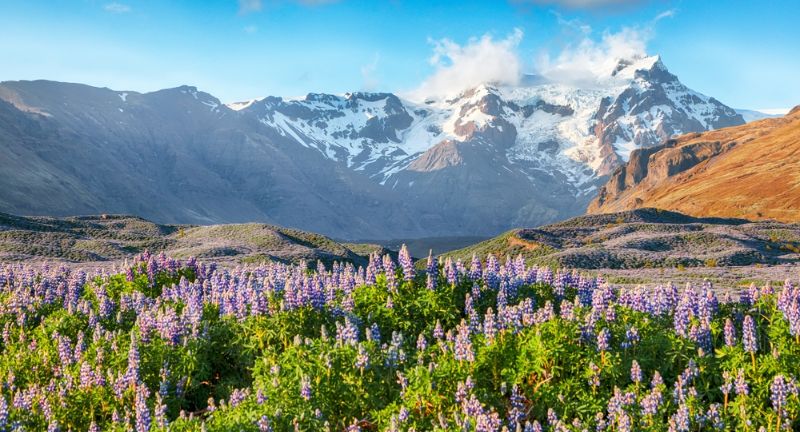
Shutterstock
Iceland, a volcanic island in the North Atlantic, is famous for its unique landscapes, from geysers and hot springs to glaciers and waterfalls. The island’s dramatic scenery is matched by a rich cultural heritage, with a strong connection to Norse mythology. Reykjavik, the capital, offers a blend of modern innovation and ancient tradition. Iceland’s natural beauty and geothermal features make it a haven for eco-tourism and adventure travel.
Mindanao
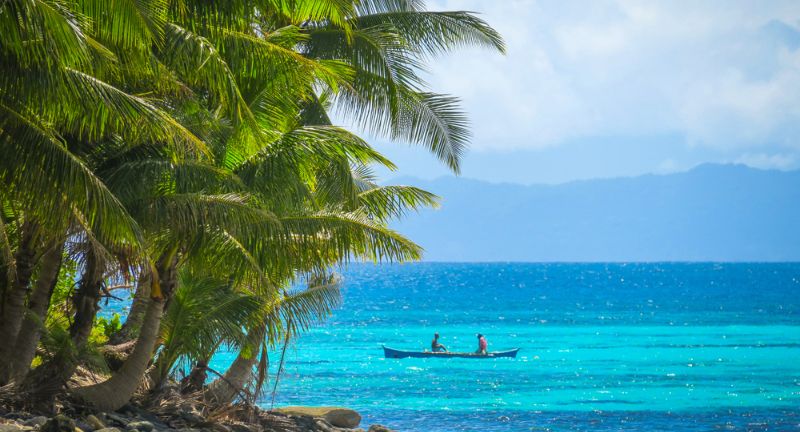
Shutterstock
Mindanao, the second-largest island in the Philippines, is known for its natural beauty and cultural diversity. Its landscapes range from scenic coastlines and beaches to mountains and waterfalls. The island is a cultural melting pot with diverse ethnic groups, each contributing unique traditions and customs. Mindanao’s rich heritage and natural attractions offer visitors a truly immersive experience.
Ireland
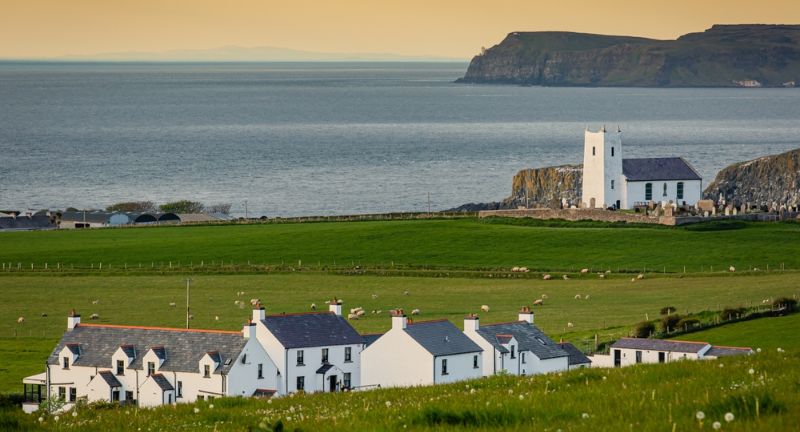
Shutterstock
Ireland, known as the Emerald Isle, boasts rolling green hills, ancient castles, and a lively cultural heritage. The island’s landscapes and historic landmarks, like the Cliffs of Moher and Giant’s Causeway, captivate visitors. Dublin and Belfast offer urban excitement with a mix of tradition and modernity. Ireland’s folklore, music, and friendly locals make it a warm and welcoming destination.
Hokkaido
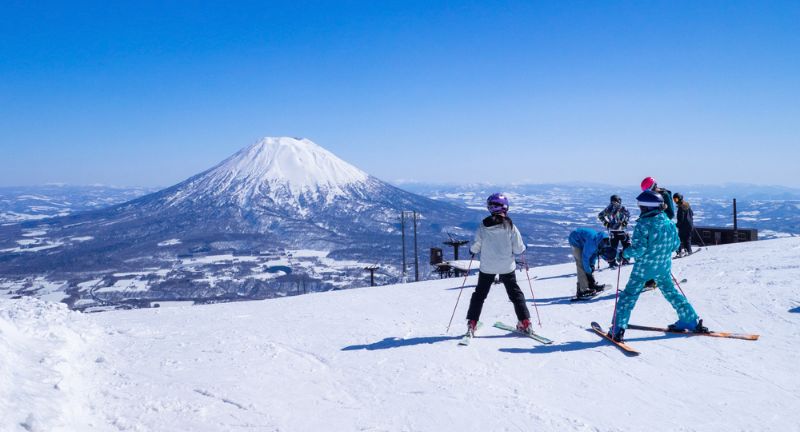
Shutterstock
Hokkaido, Japan’s northernmost island, is known for its pristine natural landscapes, including ski resorts, hot springs, and national parks. The island has a rich indigenous Ainu culture and offers seasonal beauty from cherry blossoms to autumn foliage. Known for its fresh seafood, Hokkaido is a culinary destination as well. Its snowy winters make it a popular spot for skiing and snowboarding enthusiasts from around the world.
Sakhalin
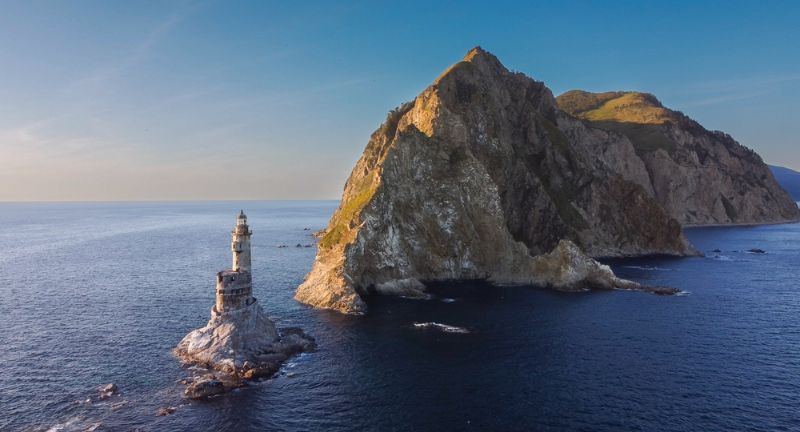
Shutterstock
Sakhalin, located in the Russian Far East, is an island of rugged beauty with forests, mountains, and rivers. Historically, it has been a point of contention between Russia and Japan, leading to a rich blend of cultures. Sakhalin’s economy relies on natural resources, particularly oil and gas. The island’s landscape and unique cultural history make it an intriguing destination for travelers and historians alike.
Banks Island
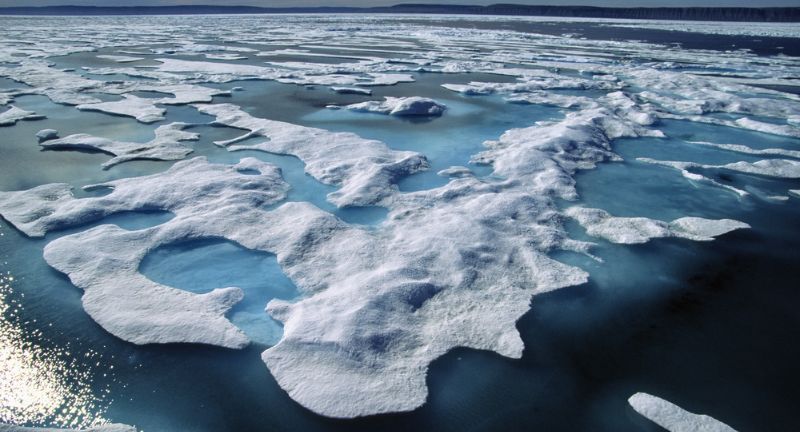
Shutterstock
Banks Island in Canada’s Northwest Territories is an Arctic wilderness home to polar bears, muskoxen, and migratory birds. Its remote, pristine environment is a stark yet beautiful landscape of tundra and ice. The island plays a significant role in the survival of the endangered Peary caribou. For those venturing here, Banks Island offers a rare glimpse into the harsh but captivating Arctic ecosystem.
Sri Lanka
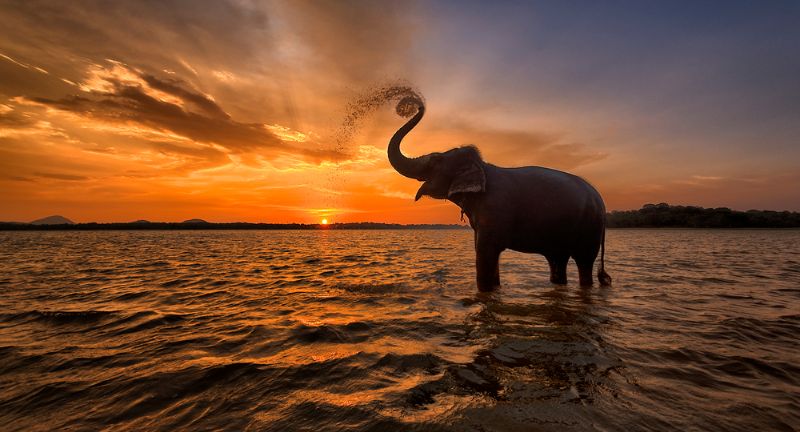
Shutterstock
Sri Lanka, known as the “Pearl of the Indian Ocean,” is famed for its tropical climate, beautiful beaches, and ancient Buddhist temples. The island’s landscapes include lush tea plantations, wildlife-rich national parks, and scenic coastal areas. Sri Lanka’s cultural heritage is a vibrant mix of religions, languages, and colonial history. This island nation is both a cultural and natural paradise for travelers seeking diverse experiences.
Tasmania
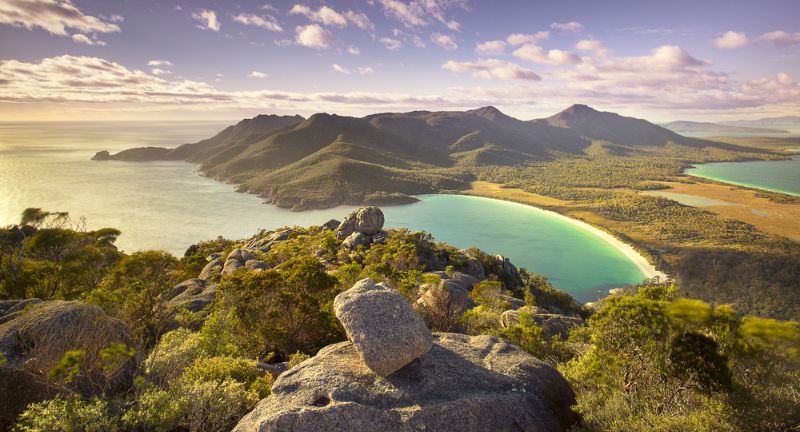
Shutterstock
Tasmania, Australia’s island state, is known for its rugged wilderness, unique wildlife, and vibrant arts scene. The island is a sanctuary for rare animals like the Tasmanian devil and offers stunning natural beauty in places like Cradle Mountain and Freycinet National Park. Tasmania’s cities, such as Hobart, blend historic charm with a creative, modern culture. This island’s natural and cultural richness makes it a captivating destination for outdoor enthusiasts and art lovers alike.
Devon Island
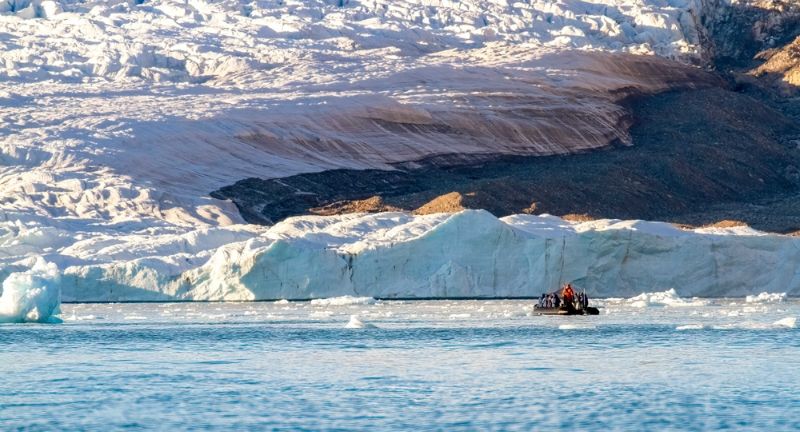
Shutterstock
Devon Island, located in the Canadian Arctic, is the world’s largest uninhabited island, known for its harsh climate and barren landscape. Its desolate terrain, resembling that of Mars, has been used by NASA for Mars simulation missions. Despite its lack of human habitation, the island is home to hardy wildlife such as muskoxen and Arctic foxes. For scientists and explorers, Devon Island provides unique insights into survival in extreme conditions.
Alexander Island
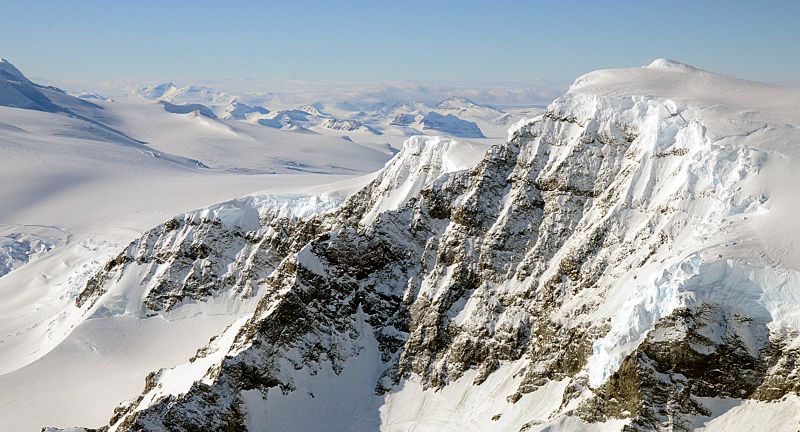
Wikipedia
Alexander Island, situated in Antarctica, is largely covered by glaciers and snow, making it a pristine and isolated environment. Claimed by the United Kingdom, this icy island has minimal human presence aside from scientific research stations. Its towering ice cliffs and vast ice sheets create a surreal, almost otherworldly landscape. Alexander Island’s unique environment attracts scientists studying climate change and glaciology.
Isla Grande de Tierra del Fuego
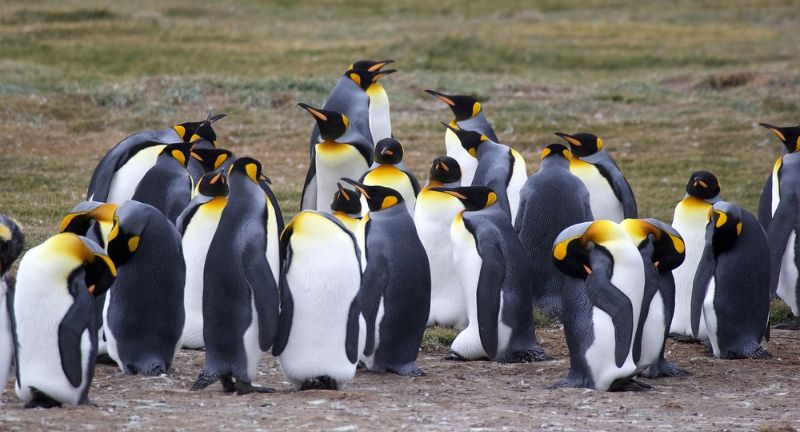
Shutterstock
Isla Grande de Tierra del Fuego, located at the southernmost tip of South America, is shared by Argentina and Chile. Known for its rugged mountains, glacial valleys, and windswept plains, the island is a breathtaking landscape at the edge of the world. Its indigenous Yahgan culture and early European exploration history add cultural richness to its natural beauty. Today, it draws adventurers seeking the wild and remote experience of Patagonia.
Bolshevik Island
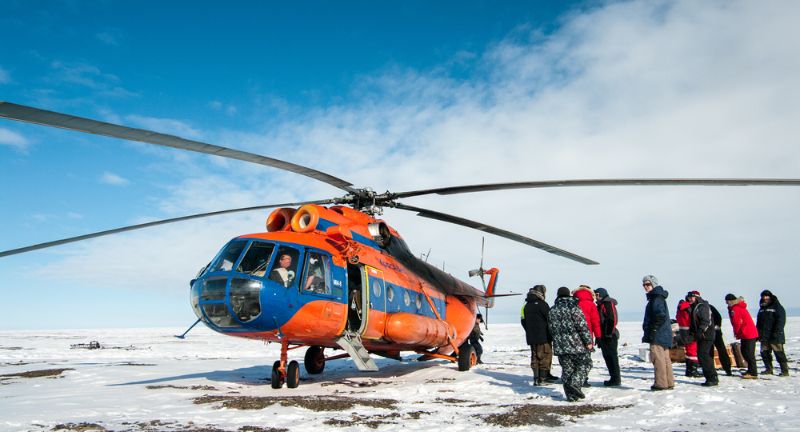
Shutterstock
Bolshevik Island, part of the Severnaya Zemlya archipelago in the Russian Arctic, is known for its icy, uninhabited landscape. Largely covered by glaciers, this remote island experiences extreme cold and harsh weather conditions year-round. The island is mostly visited by scientists conducting research on Arctic ecosystems and climate. For those venturing into the area, Bolshevik Island showcases the untouched, stark beauty of the high Arctic.
Axel Heiberg Island
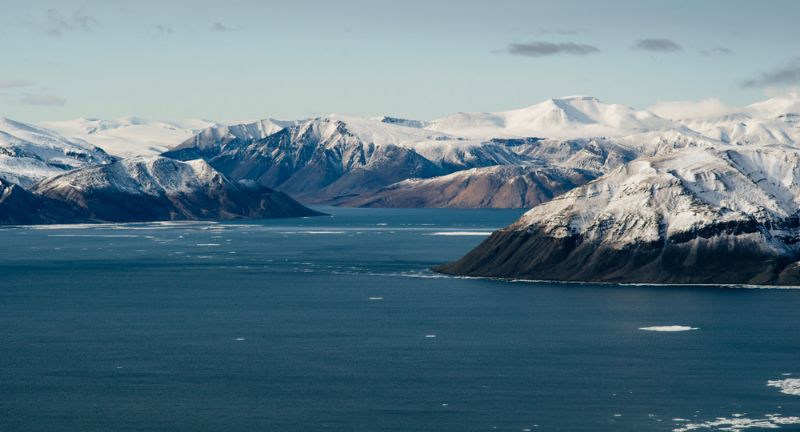
Shutterstock
Axel Heiberg Island, located in Canada’s Arctic Archipelago, is an isolated, mostly uninhabited land of ice and permafrost. Known for its fossil forests and cold desert landscapes, the island is an important site for research into ancient climates and ecosystems. The environment on Axel Heiberg is so extreme that it challenges even the hardiest plants and animals. Its geological features and glacial valleys make it a captivating, if forbidding, destination for scientists and explorers.
Conclusion
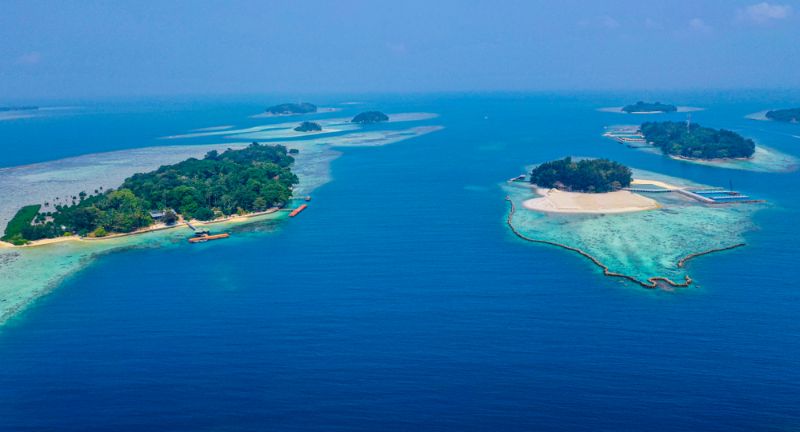
Shutterstock
These 30 islands represent some of the most remarkable natural landscapes and cultural treasures on Earth. From the Arctic to the tropics, each island is a world of its own, with unique ecosystems and stories shaped by history, climate, and geography. Whether bustling with life or a serene, uninhabited wilderness, these islands continue to inspire wonder and respect. They remind us of the planet’s vast diversity and the importance of preserving these unique environments. We hope this journey through the world’s largest islands has sparked curiosity and appreciation for these captivating parts of our planet.
More From Bon Voyaged
-
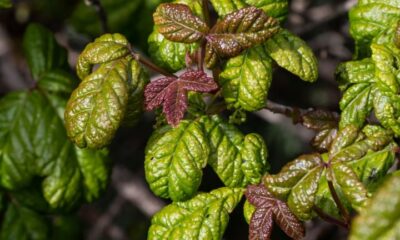

10 Plants That Can Hurt You If You Touch Them
-
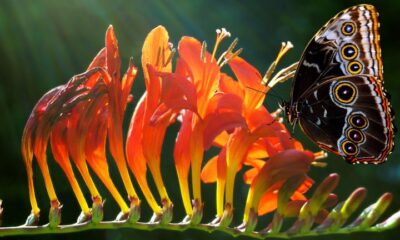

20 Most Beautiful Orange Perennials
-


15 Items You Should Never Forget To Pack While Traveling
-
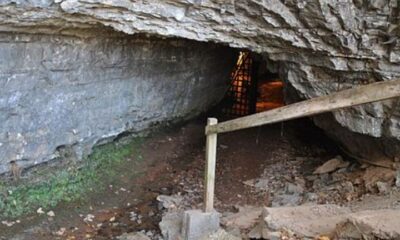

9 Spookiest Places In The USA
-


29 Incredible Landscapes That Look Photoshopped—But Aren’t!
-
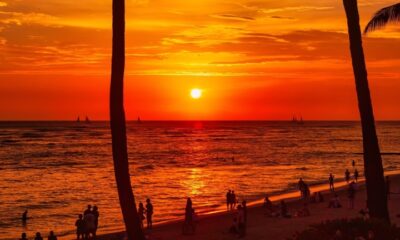

Off the Tourist Track: 25 Unique Hawaii Experiences You Must…
-
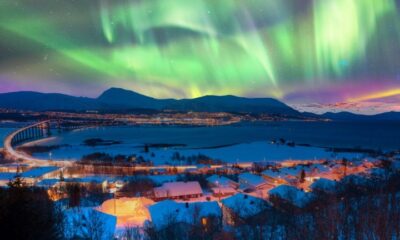

25 Places That Look And Feel Like The North Pole
-


9 Most Incredible Tunnels Around The Globe
-
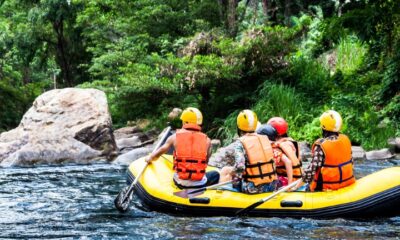

Why You Should Try White Water Rafting
-
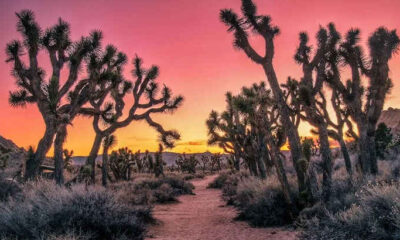

14 Beautiful Places To Visit Before They Disappear
-
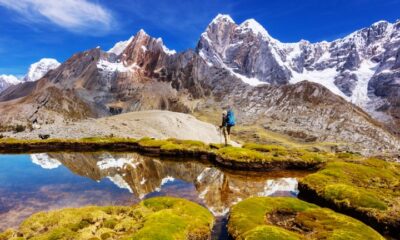

Extreme Adventure: Hiking the World’s Toughest Trails
-


25 Items That Make Traveling A Breeze

